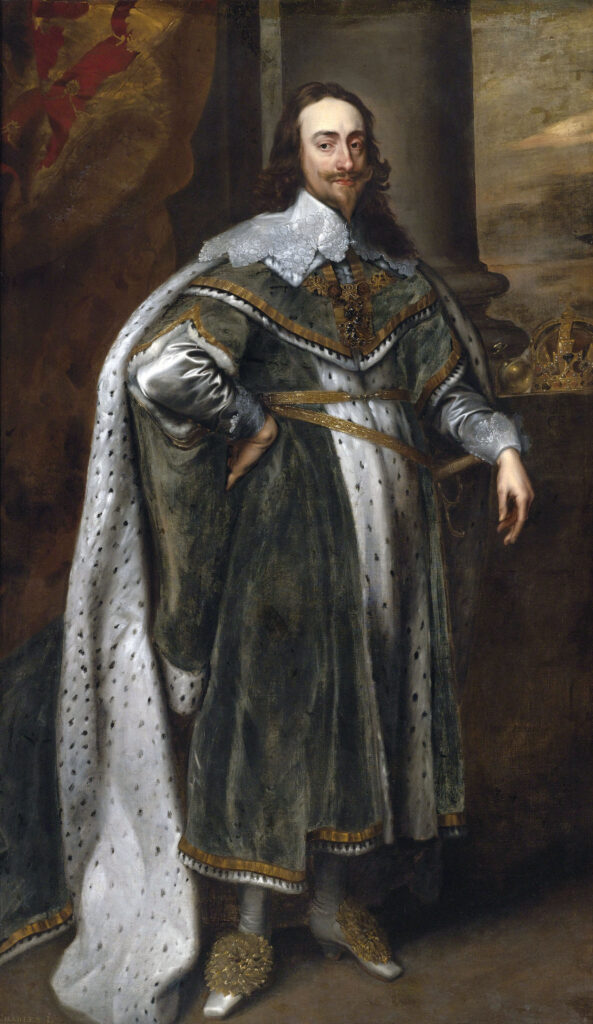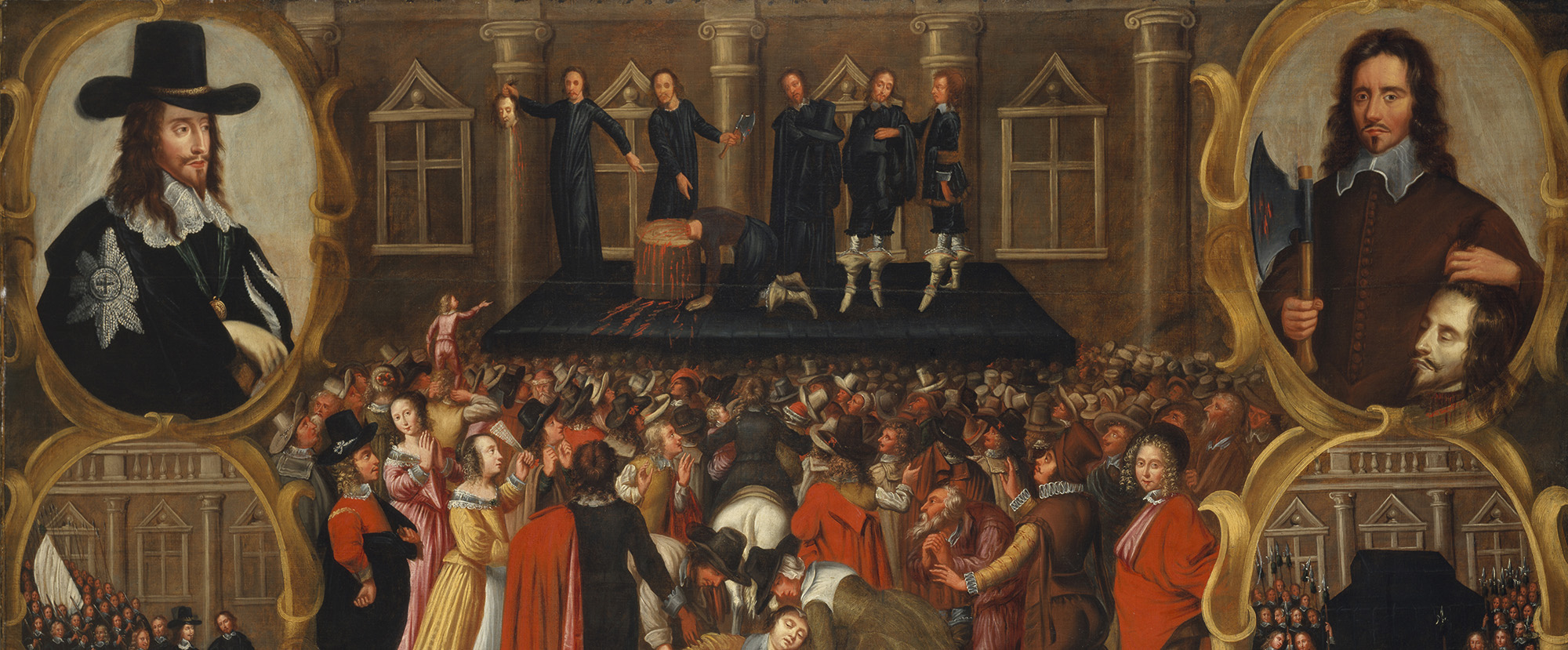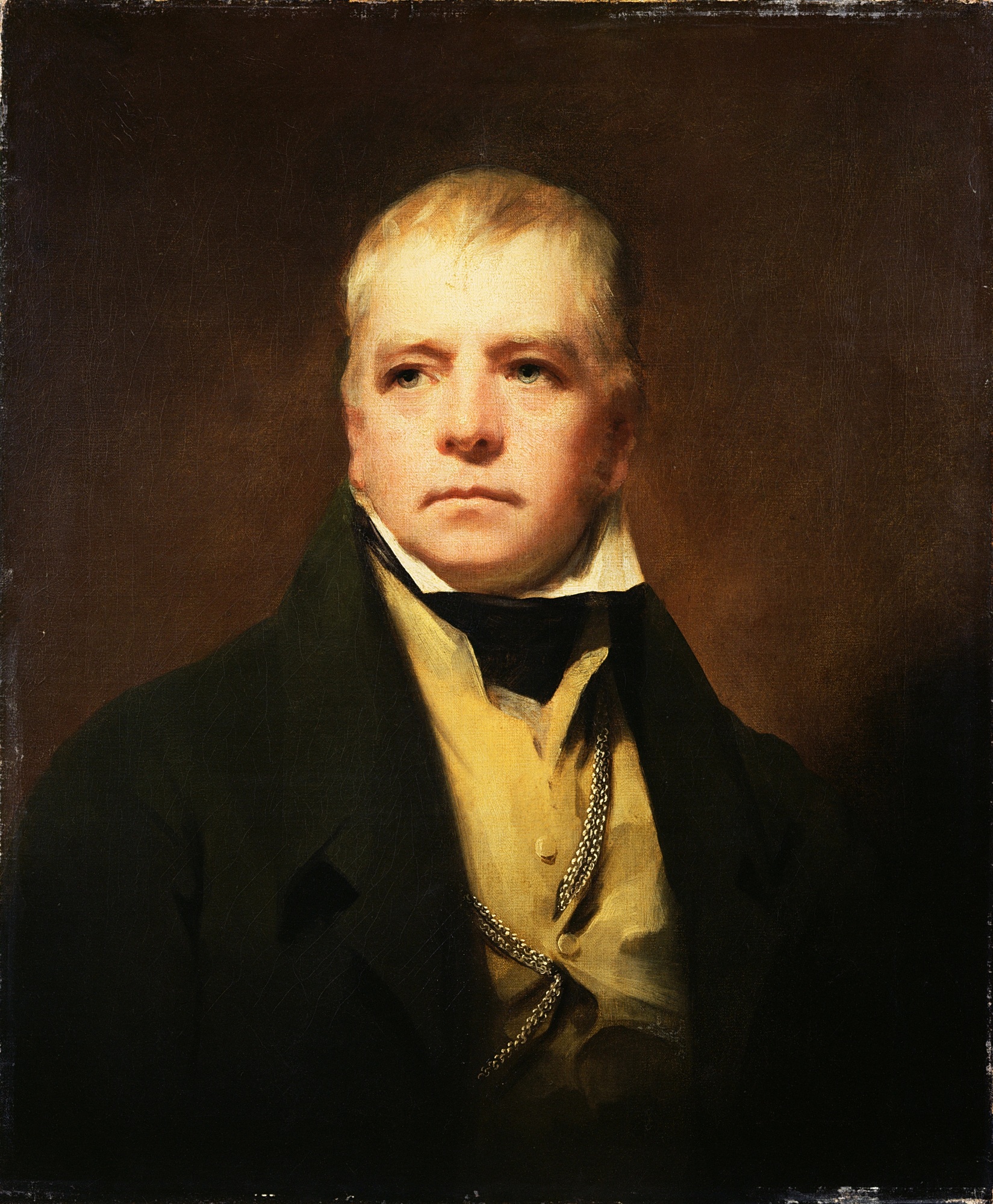Charles I of England and Scotland: The Politics of Royal Supremacy, Civil War, and the Fall of the Monarchy
The reign of Charles I of England and Scotland (1625–1649) was one of the most turbulent and consequential periods in British history. Charles’s efforts to assert and expand royal supremacy over Parliament plunged the kingdoms of England, Scotland, and Ireland into political and religious conflict, culminating in the English Civil War (1642–1651) and his own execution in 1649. Charles’s belief in the divine right of kings—the notion that monarchs ruled by the will of God and were accountable only to Him—placed him on a collision course with an increasingly assertive Parliament, which sought to limit the crown’s authority and establish parliamentary supremacy. His attempts to centralize power, enforce religious conformity, and raise revenue without parliamentary consent triggered a constitutional crisis that escalated into armed conflict. The defeat of the Royalist cause and Charles’s subsequent trial and execution marked the first and only time in British history that a reigning monarch was tried and executed by his own government. Charles’s downfall was not simply the result of political miscalculation—it was the violent rupture of medieval kingship and the birth of constitutional government in Britain. As historian C.V. Wedgwood observes, “Charles was the last medieval king and the first modern casualty of parliamentary supremacy—a man whose belief in the sacredness of monarchy made his downfall both tragic and inevitable” (Wedgwood, 1958, p. 3).
The Political and Religious Foundations of Charles’s Rule
Charles I was born on 19 November 1600 at Dunfermline Palace in Scotland, the second son of James VI of Scotland (later James I of England) and Anne of Denmark. His early life was marked by physical frailty—he suffered from a speech impediment and weak health—but his status as the son of a reigning king secured him a position of dynastic importance. His elder brother, Henry, Prince of Wales, was the focus of dynastic hopes until Henry’s sudden death from typhoid in 1612. Charles became the heir apparent at the age of 12.
Charles’s political and religious outlook was deeply influenced by his father’s belief in the divine right of kings. James VI and I articulated this doctrine in his treatise Basilikon Doron (1599), in which he declared, “A king is not bound to give account of his actions but to God alone” (James VI and I, Basilikon Doron, 1599, p. 23). James maintained a delicate balance of power with Parliament by relying on compromise and personal diplomacy. However, Charles inherited his father’s political doctrines without his diplomatic skills or political flexibility. His belief in the sacred authority of the monarchy shaped his approach to governance and set him on a collision course with Parliament.
Charles ascended the throne on 27 March 1625 following James I’s death. His early reign was defined by political and religious tensions that reflected the unresolved conflicts of the late Tudor and early Stuart periods. England’s religious landscape was fractured between the established Anglican Church, the growing influence of Puritanism, and the lingering presence of Catholicism. Charles’s marriage to the Catholic French princess Henrietta Maria in 1625 reinforced Protestant suspicions that the king was secretly sympathetic to Catholicism. Henrietta Maria openly practiced her faith and maintained a Catholic chapel at court—an arrangement that alarmed Protestant factions and alienated Puritan elements within the Church of England.
Religious tensions were compounded by Charles’s political approach. He believed that the monarchy’s authority was absolute and that Parliament’s role was to advise, not to govern. His first Parliament in 1625 refused to grant him the traditional right to collect tonnage and poundage (customs duties) for life—an extraordinary political rebuke to royal authority. Parliament’s refusal was motivated by growing resentment toward the king’s foreign policy, particularly his failed naval expedition against Spain in 1625 led by his favorite courtier, George Villiers, Duke of Buckingham.
The disastrous outcome of the expedition damaged England’s military standing and left Charles politically vulnerable. Parliament sought to impose greater oversight over royal policy, but Charles responded by dissolving Parliament in 1626. When Parliament reconvened in 1628, it presented Charles with the Petition of Right, which sought to limit the king’s ability to impose taxes without parliamentary consent and prevent arbitrary imprisonment. Charles reluctantly accepted the Petition under pressure but later ignored its terms, continuing to raise money through forced loans and other extraparliamentary means. Historian Conrad Russell notes that “the Petition of Right was not simply a constitutional document—it was a direct challenge to the king’s belief in his absolute authority” (Russell, 1990, p. 85).

The Period of Personal Rule (1629–1640): Attempted Royal Supremacy
Following the dissolution of Parliament in 1629, Charles embarked on a period of Personal Rule that lasted for eleven years. This was the most dramatic assertion of royal prerogative in English history since the Tudor period. Charles governed without parliamentary consent, raising revenue through controversial fiscal measures such as ship money—a tax traditionally levied on coastal towns for naval defense. In 1635, Charles extended ship money to inland counties, claiming that national defense was a matter of royal prerogative.
The imposition of ship money provoked widespread resistance. The case of John Hampden in 1637, who refused to pay the tax, became a national cause célèbre. Although the court ruled in the king’s favor, Hampden’s defiance symbolized the growing opposition to Charles’s financial policies. Russell argues that “ship money was not simply a tax—it was a test of political obedience, a measure of whether the king’s authority could override the constitutional balance of power” (Russell, 1990, p. 143).
Religious conflict intensified during this period. Charles’s appointment of William Laud as Archbishop of Canterbury in 1633 signaled his determination to impose high-church Anglicanism on the Church of England and the Scottish Kirk. Laud’s efforts to introduce ceremonial rituals, altar rails, and clerical vestments were viewed by Puritans as a return to Catholicism. The introduction of the Book of Common Prayer in Scotland in 1637 triggered violent opposition. The signing of the National Covenant in 1638 united Scottish nobles and religious leaders in opposition to Charles’s religious policies, setting the stage for armed conflict.
Trial and Execution (1649)
After his military defeat, Charles was imprisoned and held at Carisbrooke Castle on the Isle of Wight while Parliament debated his fate. Efforts were made to reach a political settlement, but Charles’s refusal to compromise on his belief in divine right and his covert negotiations with the Scots to secure their support for a renewed military campaign undermined the peace process. The discovery of Charles’s secret engagement with the Scots, known as the Engagement, triggered the Second Civil War in 1648, which ended in a decisive Parliamentary victory at Preston.
Parliament resolved that Charles should stand trial for high treason. On 20 January 1649, Charles was brought before a specially convened High Court of Justice in Westminster Hall. The court, composed of 135 commissioners, charged him with “waging war against the kingdom and the people.” Charles refused to recognize the authority of the court, stating, “A subject and a king are clean different things” (Wedgwood, 1958, p. 331). Despite his defiance, the court found him guilty and sentenced him to death.
On 30 January 1649, Charles was led to the scaffold in Whitehall. He wore two shirts to prevent his shivering from being mistaken for fear. Before the axe fell, he declared, “I die the king of England, but a martyr of the Church” (Wedgwood, 1958, p. 334). With a single stroke, the executioner severed his head from his body, and the crowd reacted in stunned silence. Charles’s death marked the end of the Stuart monarchy and the beginning of the English Commonwealth under Oliver Cromwell.
References
- Wedgwood, C.V. (1958). The King’s War, 1641–1647. Harper & Row.
- Russell, Conrad. (1990). The Causes of the English Civil War. Oxford University Press.
- Gregg, Edward. (2001). The Last Stuart Queen. Yale University Press.
- Kishlansky, Mark. (1996). A Monarchy Transformed: Britain 1603-1714. Penguin.
- James VI and I. (1599). Basilikon Doron. London: John Norton.







